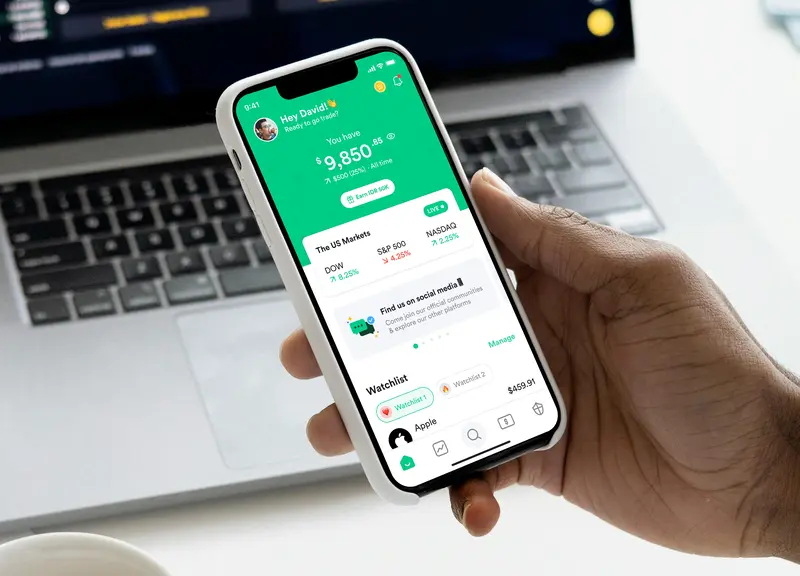For many newcomers to investing, the term IPO often pops up in financial news. An IPO, or Initial Public Offering, marks one of the most significant milestones in a company’s journey. For investors, understanding what an IPO is and how it works is an essential step before deciding whether to invest at the early stage.
To help you get a better grasp, Gotrade breaks down the definition of an IPO, the process behind going public, and what it means for both companies and investors.
What Is an IPO?
An Initial Public Offering (IPO) is the process where a private company sells its shares to the public for the first time on a stock exchange. In Indonesia, IPOs are conducted through the Indonesia Stock Exchange (IDX), while in the United States they typically happen on major exchanges like the Nasdaq or the New York Stock Exchange (NYSE).
The main goal of an IPO is to raise capital—funds that can be used for business expansion, paying down debt, or strengthening working capital. Once a company goes public, its shares are freely traded by the public, and the company officially becomes a listed entity.
This is why IPOs are often called “going public” or “the first public offering.”
Why Do Companies Go Public?
There are several reasons a company may decide to list on the stock market:
- Access to Larger Capital
Going public allows companies to raise far more money than through bank loans or venture capital alone. - Boosting Credibility
Public companies are required to publish regular financial reports, which increases transparency and builds trust with customers, partners, and investors. - Liquidity for Early Shareholders
Founders, employees, or early investors can sell part of their holdings on the secondary market once the IPO is complete. - Global Expansion
Listing internationally opens the door to a wider investor base and stronger global presence.
An IPO is more than just a fundraising event—it’s a transformation into a regulated public entity with stricter governance standards.
How Does an IPO Work?
An IPO doesn’t happen overnight. Here are the main stages a company must go through:
- Internal Decision
Management and the board agree the company is ready to go public, weighing financial readiness, growth prospects, and reporting capabilities. - Hiring an Underwriter
An investment bank (underwriter) is appointed to advise on share pricing, allocation, and the marketing strategy for the IPO. - Due Diligence & Prospectus
A prospectus is prepared, outlining the company’s business model, financials, risks, and plans for the funds raised. In Indonesia, this must be submitted to the Financial Services Authority (OJK). - Pricing
Share prices are set through “bookbuilding,” a process of gauging investor demand to determine fair value. - Public Offering Period
Shares are made available to both retail and institutional investors within a specific timeframe. - Listing on the Exchange
Once the IPO is finalized, the company’s stock begins trading openly on the exchange. From here, the price will fluctuate depending on market demand.
Popular IPO Examples
Some IPOs have gone down in history as landmark events:
- Alibaba (2014) – Raised $25 billion on the NYSE, one of the largest IPOs ever.
- Facebook (2012) – Collected $16 billion despite early trading hurdles, now a global tech powerhouse.
- GoTo (2022) – Indonesia’s mega-IPO, attracting millions of local retail investors.
These examples show that IPOs can be exciting opportunities, but also come with risks since share prices can swing dramatically.
Risks and Rewards for Investors
Potential Upsides:
- Early access to high-growth companies.
- Share prices may surge shortly after listing if demand is strong.
Risks:
- Stocks can drop sharply after debut.
- Newly public companies may struggle with regulatory compliance and transparency.
- Limited track record makes long-term valuation harder to assess.
History shows many IPOs on Wall Street experience unstable performance within the first year, so patience and careful analysis are crucial.
Conclusion
Now you have a clearer picture of what an IPO is. For companies, it’s a chance to raise significant capital. For investors, it’s an opportunity to participate early in a company’s growth story.
But like all investments, IPOs carry risks. New investors should always read the prospectus carefully, evaluate the company’s fundamentals, and avoid getting swept up by hype.
Interested in investing in global companies from the start of their journey? With Gotrade, you can buy shares of world-class giants like Apple, Tesla, and Google—all from your phone.
Be part of the growth story of global companies in a simple, secure, and transparent way. Available now on iOS and Android.
FAQ
1. Can every company go public?
→ No. Companies must meet financial, governance, and regulatory requirements before being approved for an IPO.
2. Do IPO stocks always make money?
→ Not necessarily. Some IPOs skyrocket, while others fall. Performance depends on market conditions and the company’s long-term business results.
Disclaimer:
Gotrade is the trading name of Gotrade Securities Inc., which is registered with and supervised by the Labuan Financial Services Authority (LFSA). This content is for educational purposes only and does not constitute financial advice. Always do your own research (DYOR) before investing.




